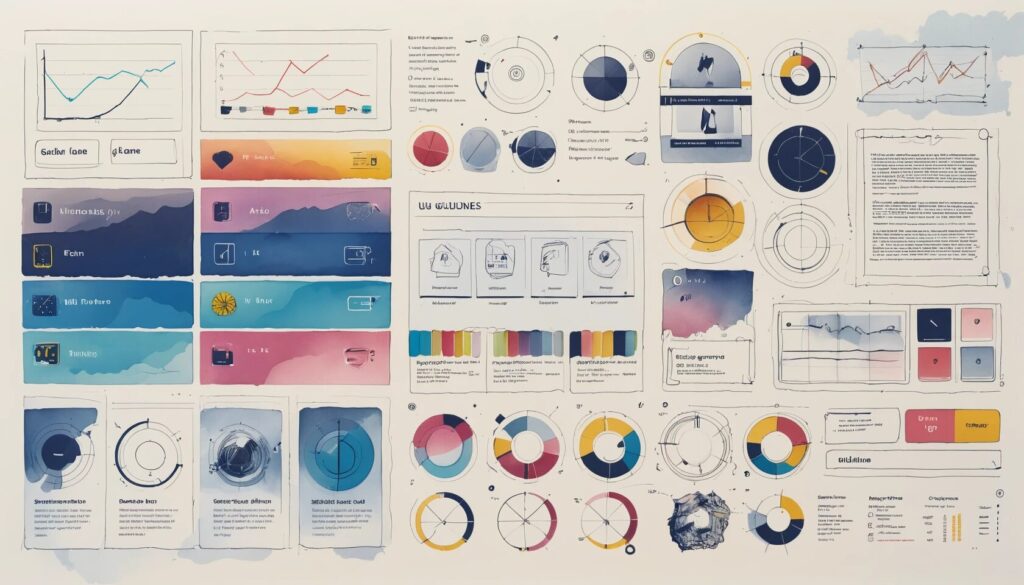Why Your Website Conversions Are More Important Than You Think
Imagine running a store where customers walk in, admire the products, nod appreciatively, and then leave without buying a thing. Frustrating, right? Well, that’s exactly what happens when your website traffic doesn’t convert. You could attract thousands of visitors, but if they don’t take action, your ROI remains as unimpressive as a soggy sandwich.
Website conversions are the beating heart of digital success. Whether it’s a visitor making a purchase, signing up for a newsletter, or downloading an app, each action brings you closer to revenue growth. The impact of conversions on ROI is undeniable, yet many businesses focus solely on driving traffic rather than optimizing for conversions.
Let’s change that. In this guide, we’ll break down the types of website conversions that truly matter and uncover the best conversion rate strategies to turn passive visitors into engaged customers.
The 10 Types of Website Conversions That Shape Your ROI
- Filling Out a Contact Form: Capturing leads for future business opportunities.
- Signing Up for Email or SMS Marketing: Keeping potential customers engaged.
- Starting a Free Trial: Encouraging users to experience your product firsthand.
- Downloading an Ebook or Resource: Providing value in exchange for contact details.
- Clicking an Affiliate Link: Monetizing traffic through partnerships.
- Clicking a Call-to-Action (CTA) Button: Small but crucial steps toward conversion.
- Downloading an App: Strengthening brand engagement on mobile.
- Opting Into Push Notifications: A direct channel for customer retention.
- Making a Purchase: The ultimate goal for most businesses.
- Adopting a New Product Feature: Increasing customer lifetime value.
Each of these conversion types plays a vital role in your website’s success. If you’re only optimizing for purchases, you’re leaving money on the table. A visitor who downloads a resource today could become a paying customer tomorrow. The key is to nurture every step of the journey.
How to Increase Your Website Conversion Rate
- Set Clear Goals: Define what success looks like for each conversion type.
- Analyze User Behavior: Identify friction points through heatmaps and session recordings.
- Optimize Your CTAs: Make them bold, persuasive, and impossible to ignore.
- Improve Mobile Experience: Ensure seamless navigation on all devices.
- Speed Up Your Website: Reduce load times to keep users engaged.
- Leverage Social Proof: Use testimonials and reviews to build trust.
- Streamline the Checkout Process: Remove unnecessary steps and distractions.
- Test and Improve: Run A/B tests to refine your approach.
Think of your website like a high-end restaurant. If the menu is confusing, service is slow, and the chairs wobble, customers won’t stick around. The same applies to your website. A slow, cluttered, or confusing experience will send visitors running for the exits. By focusing on website conversion optimization, you can remove these barriers and nudge users toward action.
The ROI Impact of Website Conversion Optimization
- Increased conversions mean lower customer acquisition costs.
- Even a small conversion rate boost can lead to massive revenue growth.
- Enhanced UX leads to customer loyalty and repeat business.
Let’s talk numbers. If your website’s conversion rate jumps from 2% to 3%, that’s a 50% increase in revenue without spending a dime on extra traffic. It’s like upgrading from a bicycle to a sports car overnight. Small tweaks—like refining CTAs, simplifying forms, or fixing slow-loading pages—can have an outsized impact on your bottom line.
Conversely, a neglected website is a money pit. High bounce rates, abandoned carts, and lackluster engagement tell a grim story. If visitors aren’t converting, you’re essentially paying for digital window shoppers who never make it to checkout.
Final Thoughts
Your website isn’t just a digital business card—it’s a powerful conversion machine. Every visitor represents an opportunity, and by implementing smart conversion rate strategies, you can transform casual browsers into loyal customers. Whether it’s a purchase, a sign-up, or a download, each action adds up to a stronger ROI.
The next step? Take a hard look at your site and start optimizing. Because if you’re not actively improving conversions, you’re leaving money on the table.
